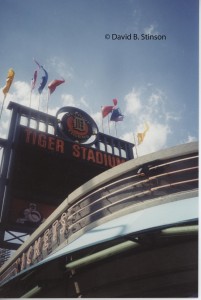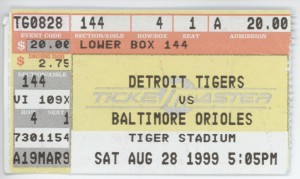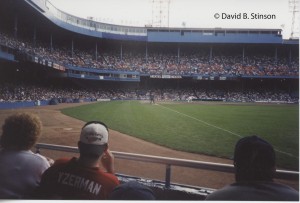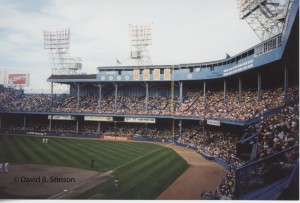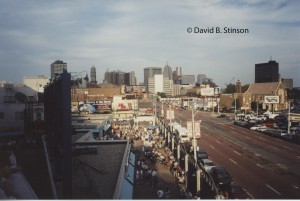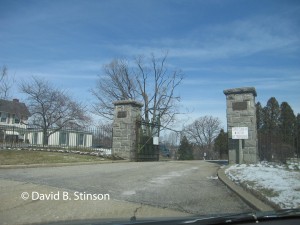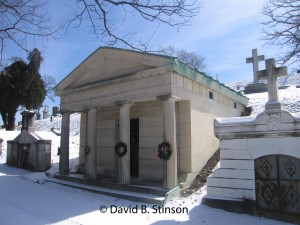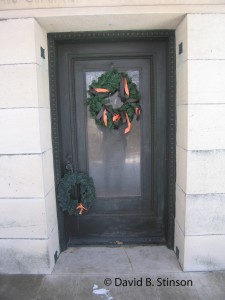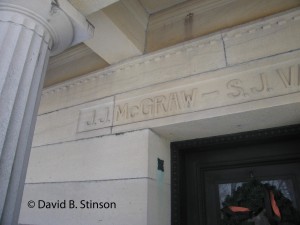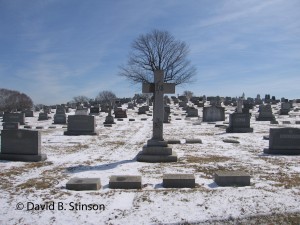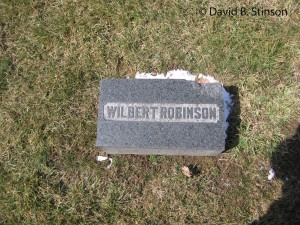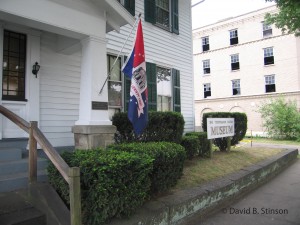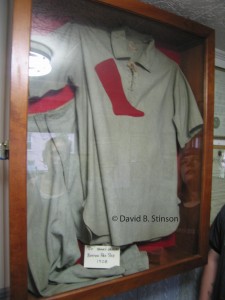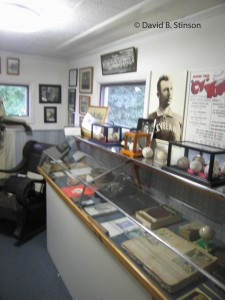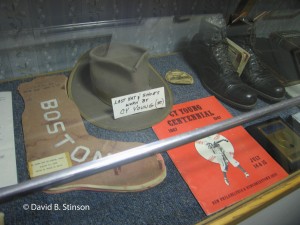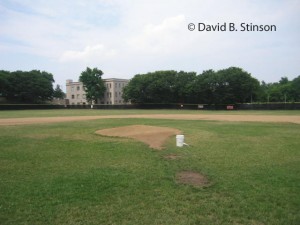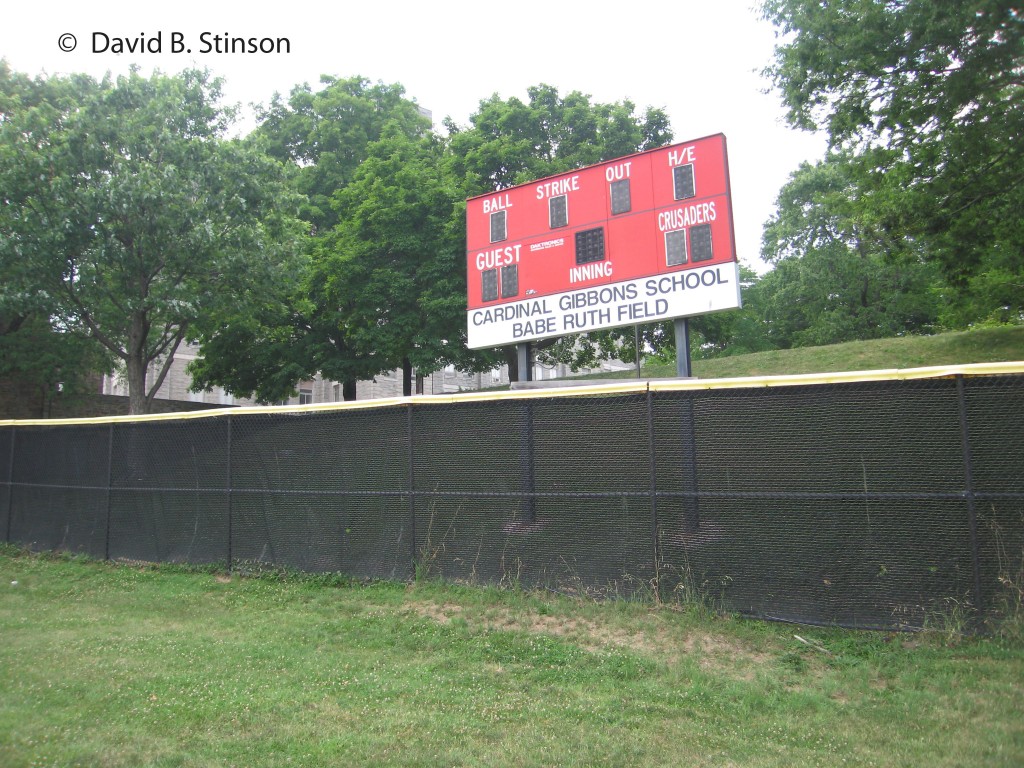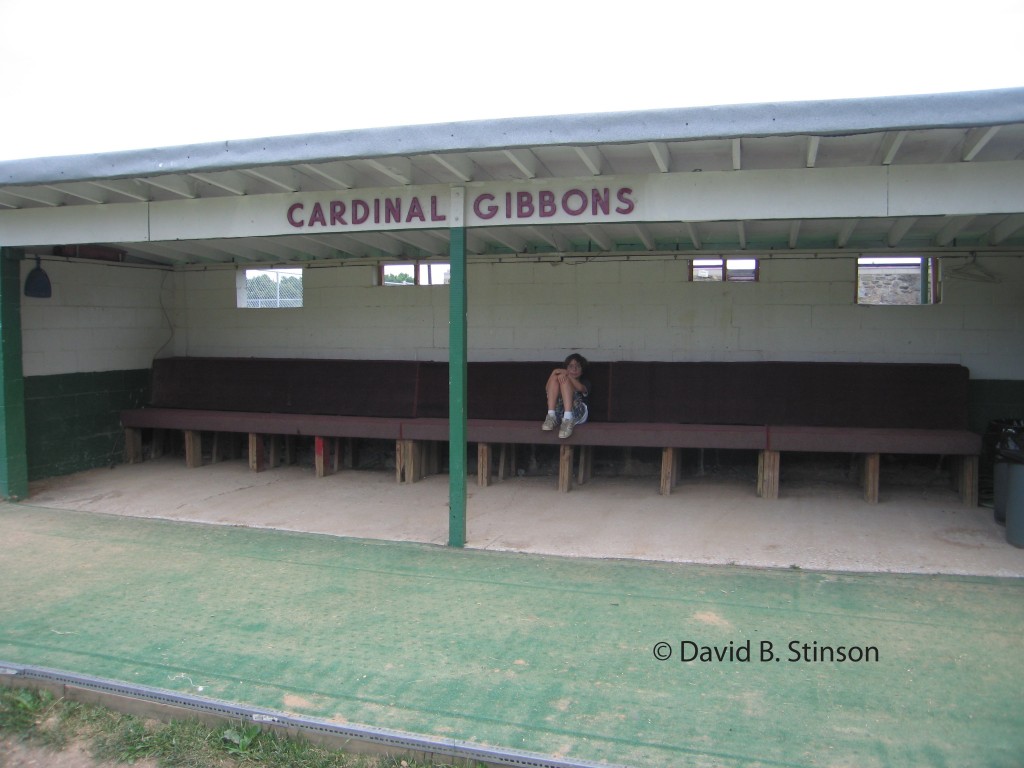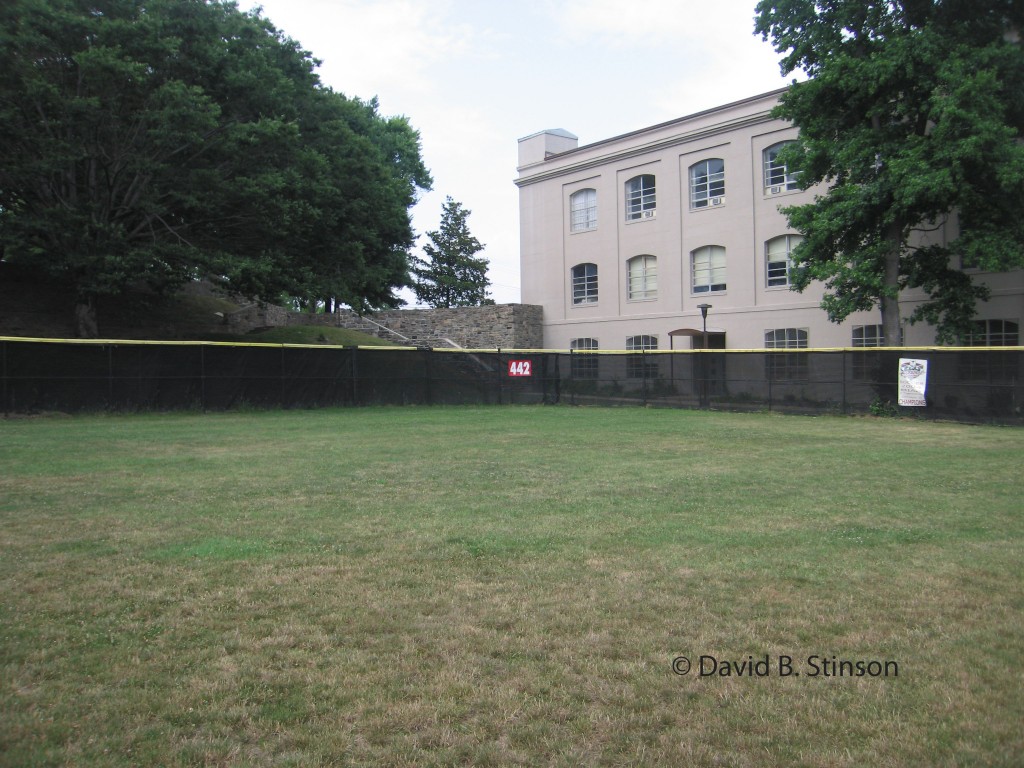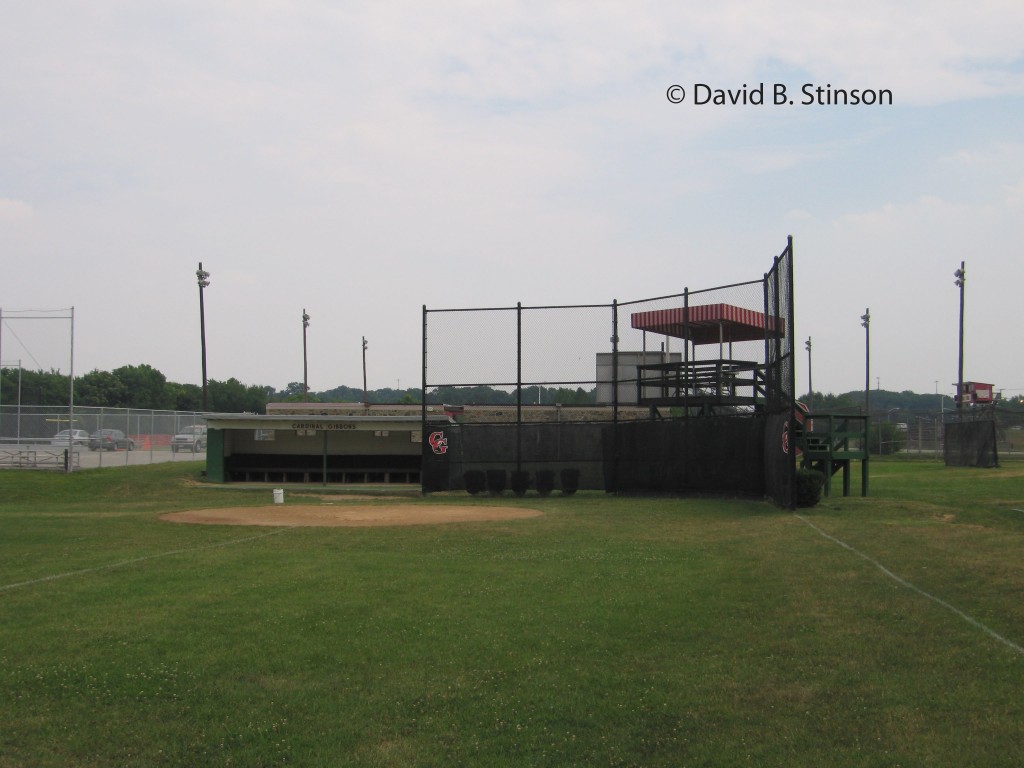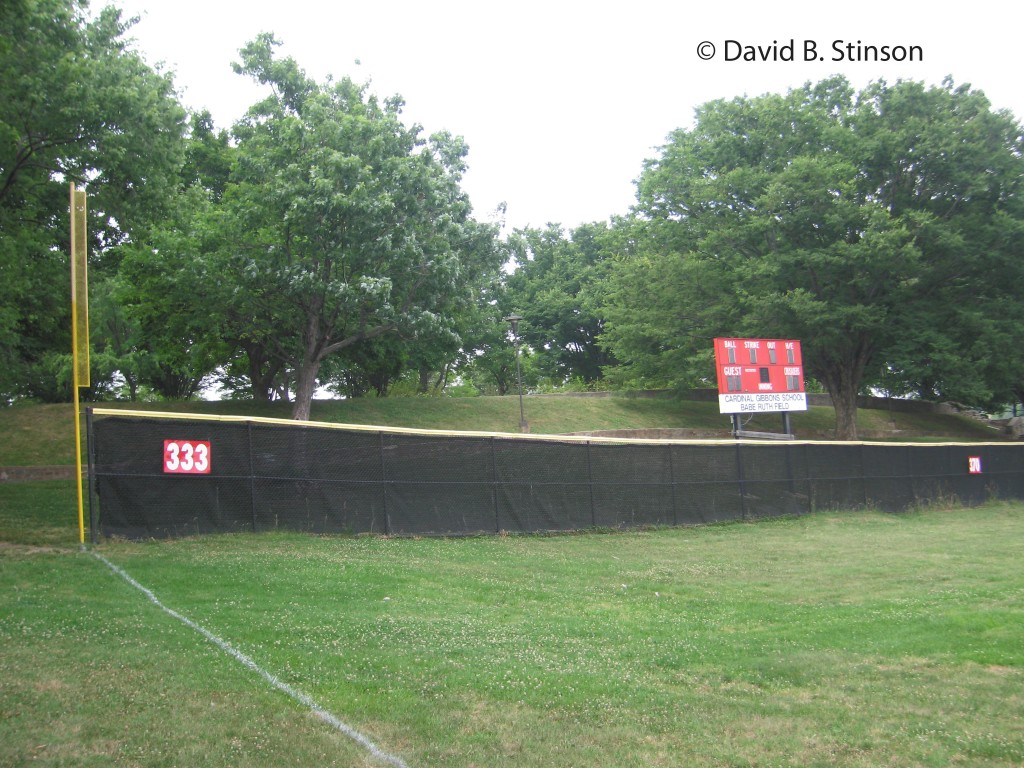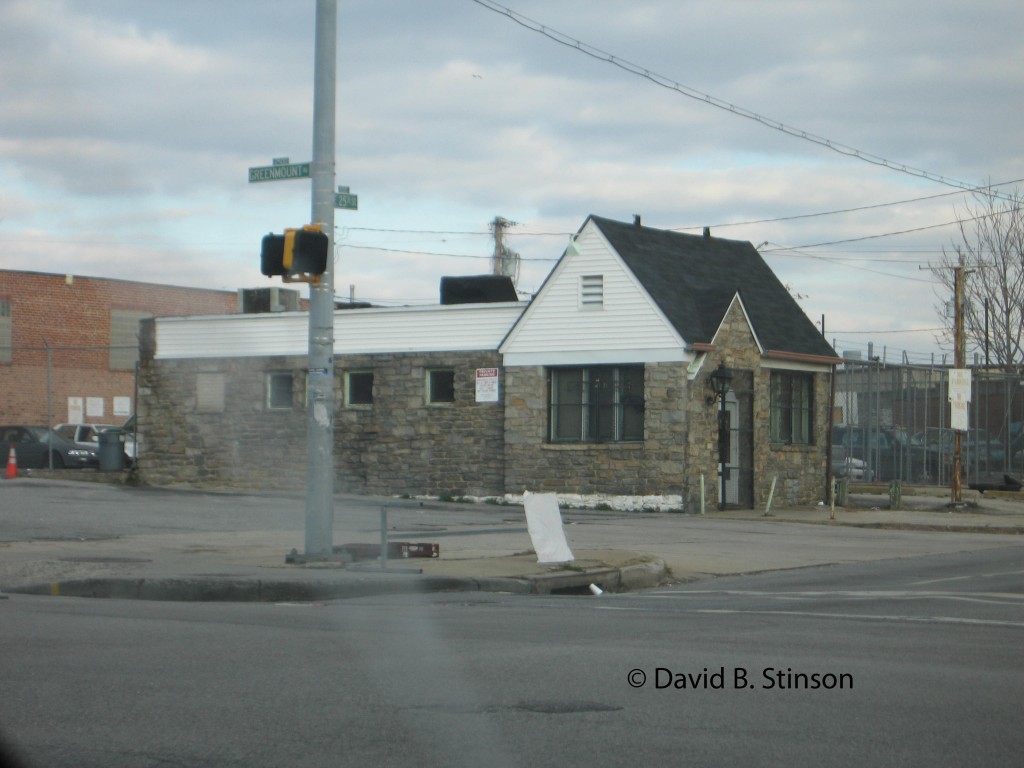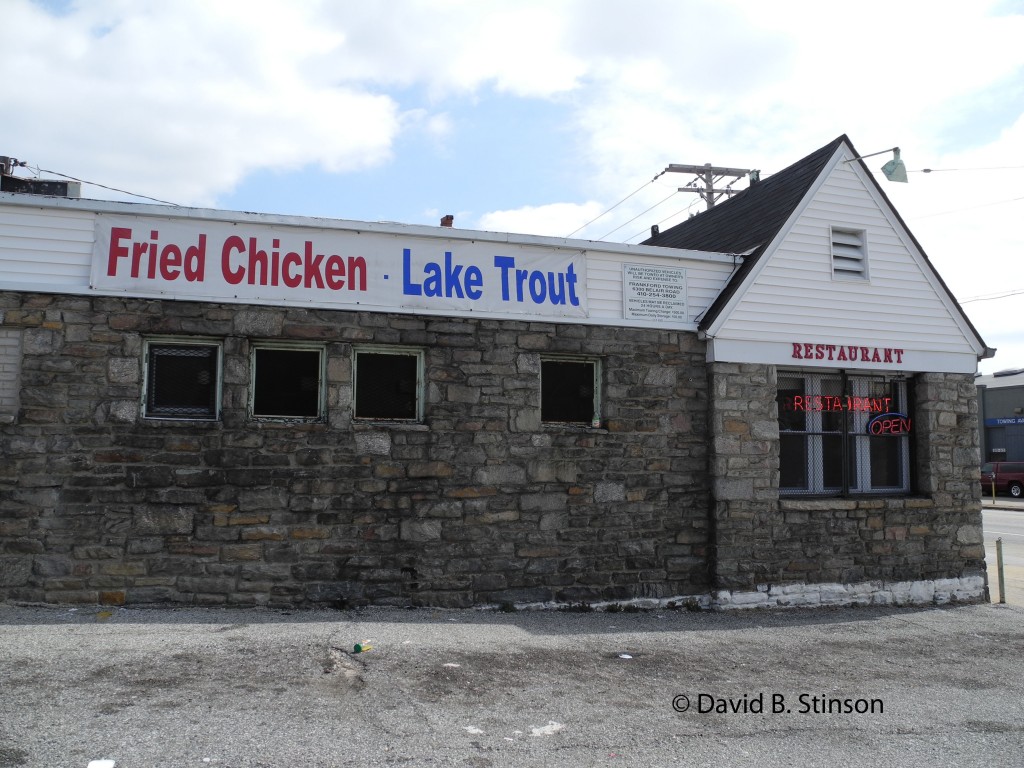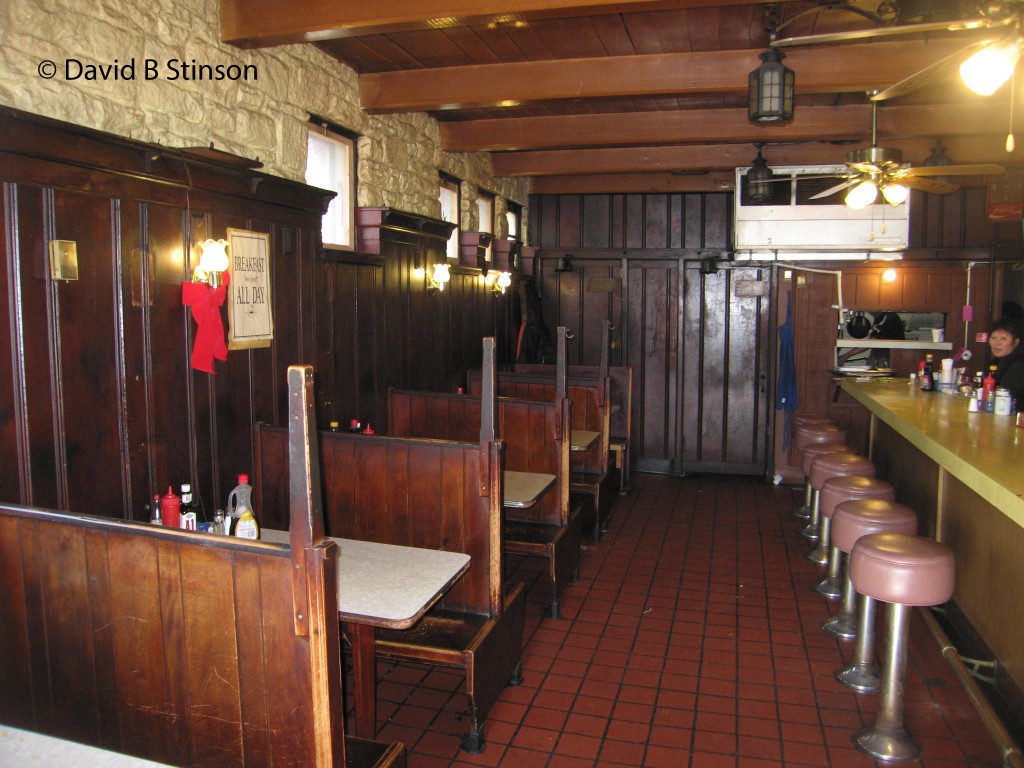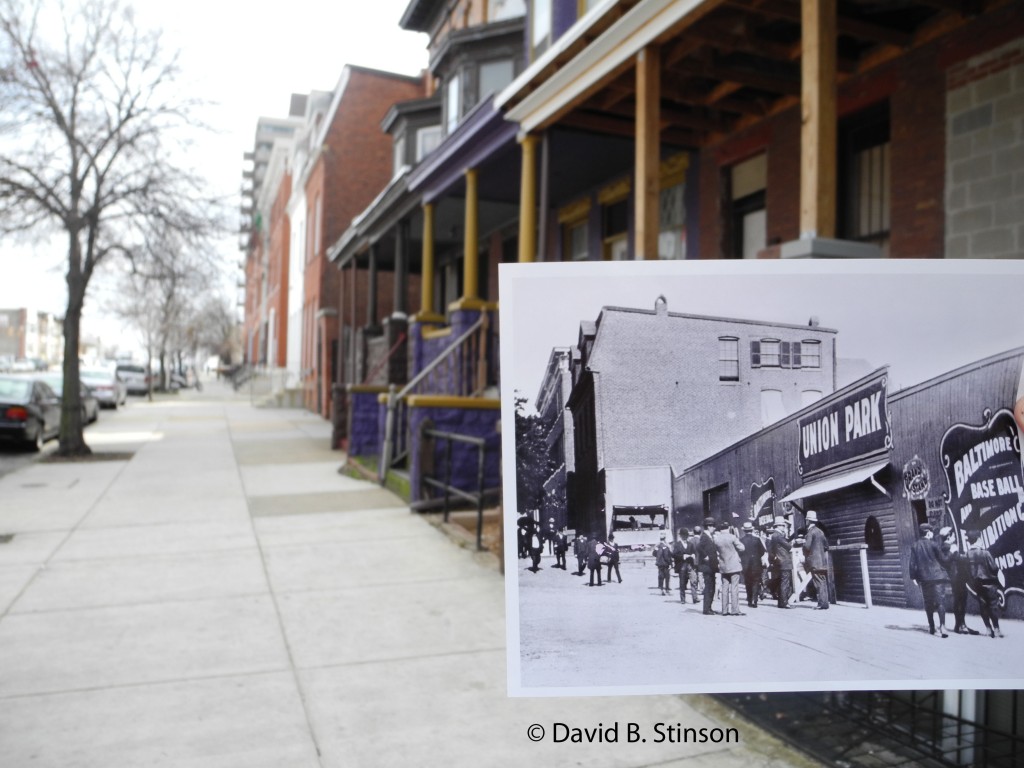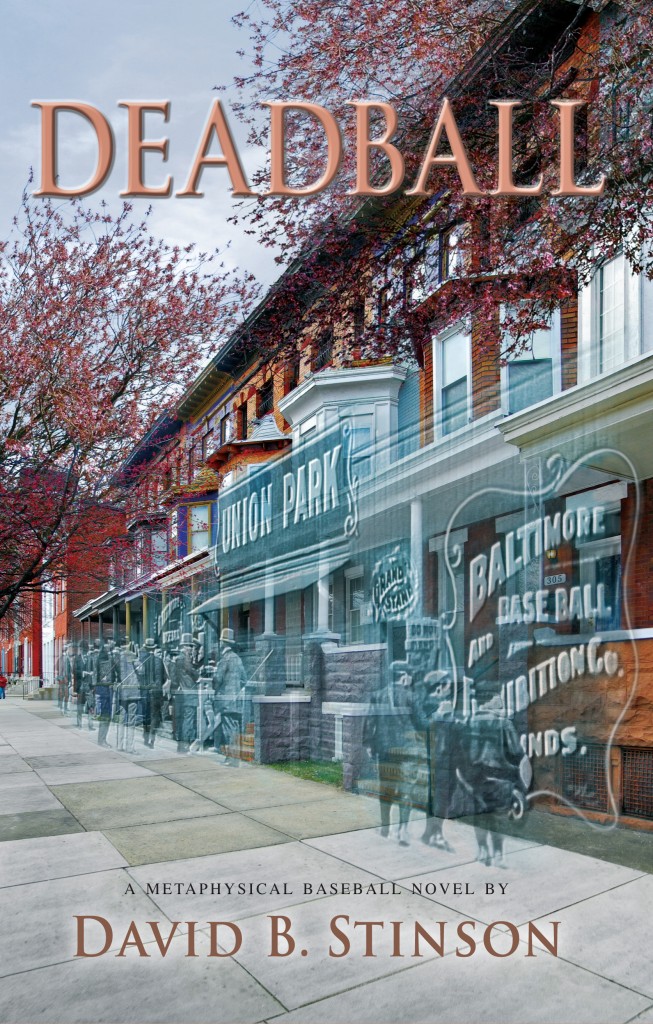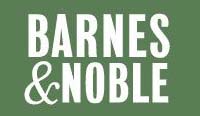Just received word that on July 8th at approximately 2:40 p.m. my interview with Brett Hollander will be broadcast on WBAL – 1090 Radio AM, just before the start of the Orioles West Coast game against the Los Angeles Angels. Mr. Hollander is the host of Baltimore’s top rated radio sports program Sportsline. Be sure to tune in to hear all about my novel Deadball, Baltimore baseball, and the World Champion National League Baltimore Orioles of the 1890s.
This past Saturday (May 19, 2012) Huntington Park Publications had a table at the Third Annual Gaithersburg Book Festival. It was a wonderful event, filled with book buyers, book sellers, book writers, book lovers, and lots of books. Steve Quinn (our publisher), Dick O’Connor (a fellow author), and I had the chance to meet and talk with dozens of folks who were kind enough to stop by our tent. One highlight for me was giving a Deadball postcard to journalist Marvin Kalb.
Montgomery County Public Schools was there to film part of the action. Here’s the link:
Gaithersburg Book Festival MCPS Broadcast
A two second clip of me chatting with some festival attendees appears at .42 sec. – .44 sec.
I’m already looking forward to next year’s festival – May 18, 2013. Be sure to save the date.
Continuing the theme of how wonderful it is to be able to hold in your hands a paper copy of what you read, the Gazette Newspaper was kind enough to feature my book in today’s print edition (May 16, 2012). Many thanks to Cody Calamaio for her complimentary article about Deadball, entitled Ghosts of the Pastime. Here is an excerpt:
“The book tells the story of former minor league baseball player Byron Bennett who sees things he can’t explain when visiting historical locations connected with baseball. He sees images of forgotten old ballparks where modern buildings now stand and interacts with people who seem to be from another era. After his minor league career ends without ever making it to the big leagues, Bennett goes on a journey to discover baseball’s hidden past. His wife and teammates don’t believe in his visions and urge him to leave the past in the past, but something drives Bennett to continue to sort out the mystery.”
Of course the irony of this post is that I am now about to provide a link to the on-line version of the Gazette article. After that I’m heading over to CVS to buy some hard copies for posterity, and a copy for my folks as well. Those of you in the D.C. area, be sure to keep an eye out for your copy of the Gazette sitting in your driveway when you get home.
Here is the link: http://www.gazette.net/article/20120516/ENTERTAINMENT/705169760/1152/1152/ghosts-of-the-pastime&template=gazette
A good portion of the book Deadball takes place in Detroit during Byron Bennett’s pilgrimage to the motor city for the Tiger’s final season at the Corner of Michigan and Trumbull.
In Deadball, Byron visits Tiger Stadium in May 1999 for a three-game series against the visiting Baltimore Orioles.
The trip I took to Detroit that season was later in the summer, during the Orioles’ final road visit to Tiger Stadium.
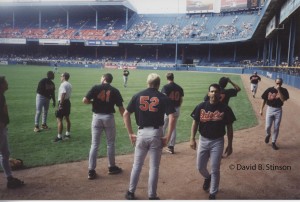
Orioles Pitchers from left Jason Johnson (41), B.J. Ryan (52), Mike Timlin (40), Al Reyes, Jesse Orosco (47), Sidney Ponson, and Doug Johns
My trip to Detroit was taken long before I came up with the story line for Deadball, although much of the atmosphere of Tiger Stadium described in the book came from that visit.
I recall being disappointed and amazed on that trip that the City of Detroit would allow such an incredible historical time piece to slip away, just as Baltimore was in the process of doing with Memorial Stadium.
The view of the field, obstructed by iron support columns, helped give Tiger Stadium character that has been stripped from today’s modern ballparks.
The Corner of Michigan and Trumbull remains hallowed ground, even though Tiger Stadium is now long gone. As Byron Bennett would have observed, it is now just another lost ballpark.



